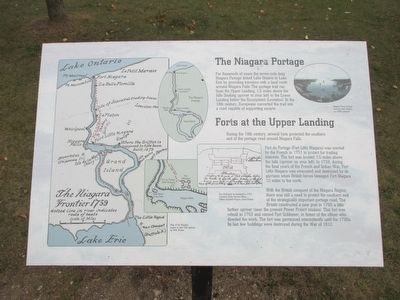Welcome to the Helwan Necropolis, a treasure trove of ancient Egyptian history just a short distance from the bustling streets of Cairo. This site offers a glimpse into a time when the city of Memphis was at the heart of Egyptian civilization. The Helwan Necropolis served as a significant burial ground from around 3000 to 2600 BC, during the early dynastic period of ancient Egypt. It is here that we find the resting places of the officials and elites who once served the pharaohs of the First Dynasty.
As you explore the necropolis, imagine the sacred rituals that once took place here thousands of years ago. The tombs are a testament to the early Egyptian customs of honoring the dead, with many of the burial sites adorned with elaborate carvings and inscriptions. These inscriptions provide valuable insights into the lives of those interred here, revealing details about their status, professions, and connections to the ruling class.
One notable figure associated with this site is King Narmer, widely considered the unifier of Egypt and the founder of the First Dynasty. His reign marked the beginning of a new era in Egyptian history, characterized by the consolidation of power and the establishment of a centralized state. The presence of artifacts bearing his name and symbols in Helwan underscores the region’s importance during his rule.
Throughout the ages, Helwan has evolved from a significant religious and cultural center into a modern district within Cairo. The ancient burial practices observed here have been pivotal in understanding the early dynastic period of Egypt, offering scholars invaluable knowledge about the societal structures and beliefs of the time.
Helwan is more than just a burial site; it’s a window into the dawn of one of the world’s greatest civilizations. As you walk through this historic landscape, consider the profound impact that the people buried here had on the formation of ancient Egyptian society.


